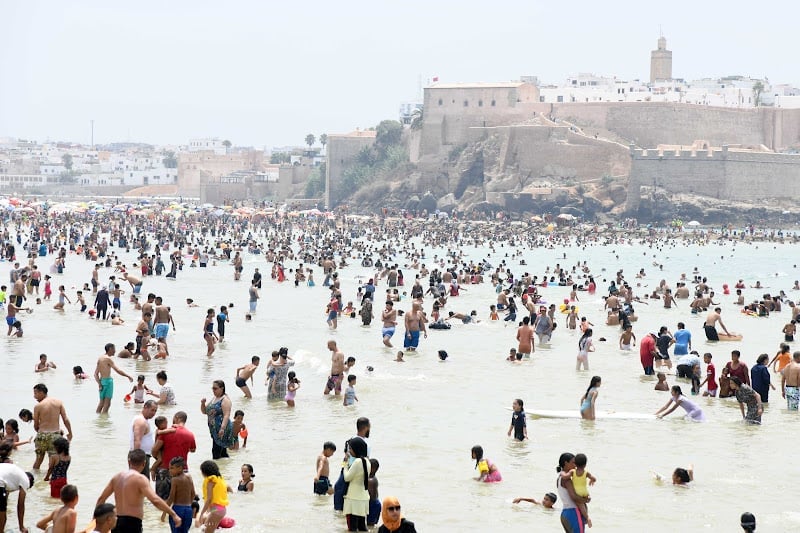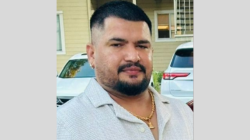A Multilingual Approach to Climate Awareness in Morocco
Lhoussaine Youabd, a meteorological engineer at the national weather service, has become a familiar face and voice for many Moroccans. With an extensive knowledge of the languages spoken across the country, he plays a crucial role in warning the population about the increasing climate-related risks, especially during heatwaves that are becoming more frequent.
Every time a weather alert is issued, Youabd takes to the media to reach as many people as possible. This has been his mission for over a decade, where he regularly appears on TV and radio stations to ensure the message reaches even the most remote rural areas. He emphasizes that villagers appreciate when updates, warnings, and recommendations are delivered in their native dialects, which include colloquial Arabic or Amazigh languages. This approach helps make the information more accessible and effective, potentially saving lives.
The General Directorate of Meteorology (DGM) recently announced that 2024 was Morocco’s hottest year on record, with an average rainfall deficit of -24.7 percent. This marks the seventh consecutive year of drought in the North African country. In late June, as deadly heatwaves swept across southern Europe, several Moroccan cities broke their temperature records for that month. The weather forecast map, mostly shaded in intense red, indicates that the upcoming summer months are expected to be even hotter than usual.
Scientists attribute these recurring heatwaves to global warming, which is expected to make such events more frequent, longer, and more intense. Globally, 2024 was the warmest year on record, and 2025 is projected to rank among the top three. When extreme weather events occur, Moroccan authorities issue color-coded warning bulletins transmitted through civil defense and media outlets. In recent years, text messages have also been used to alert local officials, who then notify residents in their area.
The DGM has expanded its social media presence, using platforms like Facebook and LinkedIn to disseminate critical information. Additionally, a “Smart Alert” system is being developed to send direct notifications to Moroccans’ mobile phones.
Challenges in Rural Areas
Hicham Fenniri, director of the International Water Research Institute at Mohammed VI Polytechnic University, highlights the importance of ensuring that local, regional, and national leaders are well-informed about climate risks. In remote areas, connecting residents to the electricity grid is essential to allow them to access information and install air conditioning systems. Traditional houses can be redesigned using clean science and technology to help reduce the effects of intense heat. Ensuring access to potable water is also vital to mitigate dehydration risks.
In 2024, it was reported that 5.4 percent of Moroccans living in rural areas did not have access to electricity, while 20.4 percent had no reliable source of clean water.
Community Response and Health Measures
Ben Achir Chekroun, a 66-year-old pensioner from Harhoura, south of the capital Rabat, said that the weather alerts were easy to follow. He receives information through the radio, online media, and newspapers. Loubna Rouhi, head physician at the local medical center in Harhoura, emphasized the importance of staying in the shade and avoiding outdoor activities between 10 am and 4 pm during the hottest hours. She also recommended wearing light clothes and staying hydrated.
Rouhi uses health ministry notices to inform the population about the risks of extreme heat. One recent campaign focused on warning against scorpions and snakes, which become more active in the heat. Mohammed Esmaili, a senior health ministry official, noted that a specialized medical kit has significantly reduced mortality linked to scorpion or snake bites, from 7.2 percent of cases in 2013 down to 1.2 percent.
As heatwaves continue to intensify, Morocco is stepping up its efforts to warn residents and protect vulnerable communities. Through a combination of multilingual communication, technological advancements, and community engagement, the country is striving to build resilience against the growing challenges posed by climate change.






